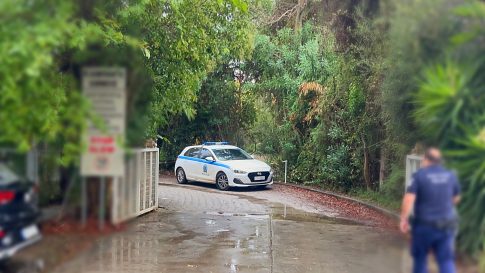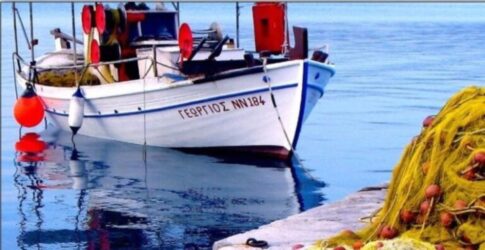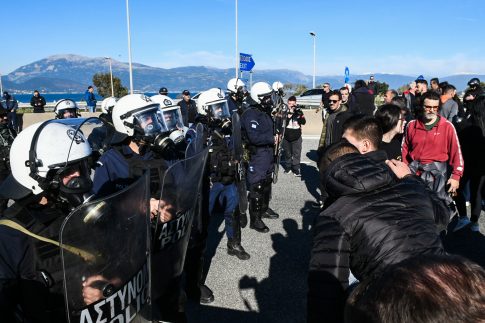A short documentary on the violent displacement of people in the Nagorno-Karabakh region during the hostilities in the autumn of 2020 and after a fragile agreement was reached between Armenia and Azerbaijan. The population movement on the border line, the human stories on the fluid borders, the fluid spatial reality against the background of the areas with pomegranates.
There were several stages of refugee flows from Azerbaijan to Armenia. The first group of refugees of around 20,000 people was forced to leave after the pogroms in the Baku suburb of Sumgait in February 1988, when over 20 local Armenian residents were murdered and hundreds injured.
The second and biggest wave of refugees began in the second half of 1988 and lasted until the end of 1989, consisting of around 215,000 refugees. The third wave, of around 45,000 people, started after the violence in central Baku in 1990. In 1991, by the last stage of Operation Ring the remaining population in those territories populated by Armenians adjacent to the Nagorno-Karabakh Autonomous Oblast (NKAO), Shaumyan region (around 12,000 people) and Getashen sub-region including villages of Getashen and Martunashen (around 5,100) were forced to leave. There were also around 70,000 IDPs in Armenia who were evacuated during the war in 1992-94 from the villages adjacent to the border with Azerbaijan. Border villages in the north-east of Armenia were subjected to intermittent rocket and artillery shelling by Azerbaijani forces during the war and even shortly after the ceasefire. However, most of the IDP population re-turned to their homes in the years after the ceasefire, and the main body of IDPs are those from Armenian territories currently occupied by Azerbaijan, such as Artsvashen village (3,000 people).
Three patterns of refugee settlement can be discerned in Armenia:
a) displaced persons who remained at their point of entry
b) those who moved to other areas within Armenia
c) those who left for third countries in the near abroad (predominantly Russia) and the West
In the initial stage of displacement refugees tried to adapt themselves to their new environment and satisfy basic needs, without further evaluation of their own preferences. At later stages refugees had to decide whether to continue living in their new environment, or change it by either finding another, more appropriate social milieu or leaving the country. In Armenia this stage lasted until the late 1990s, when the refugee flow out of the country stopped.
According to some estimates based on expert interviews in Armenia around one-third of refugees displaced to Armenia left for other countries after initial resettlement. If in the case of the resettlement processes within Armenia the main motivations were geographical and psychological, in the case of resettlement to third countries the main factors were socio-cultural and economic, with low knowledge of the Armenian language playing a crucial role.
Κάνε like στη σελίδα μας στο Facebook
Ακολούθησε μας στο Twitter
Κάνε εγγραφή στο κανάλι μας στο Youtube
Γίνε μέλος στο κανάλι μας στο Viber
– Αναφέρεται ως πηγή το ertnews.gr στο σημείο όπου γίνεται η αναφορά.
– Στο τέλος του άρθρου ως Πηγή
– Σε ένα από τα δύο σημεία να υπάρχει ενεργός σύνδεσμος












